Buzz Aldrin: Facts about the second man on the moon
Buzz Aldrin is a former fighter pilot, engineer and one of the world’s most famous astronauts
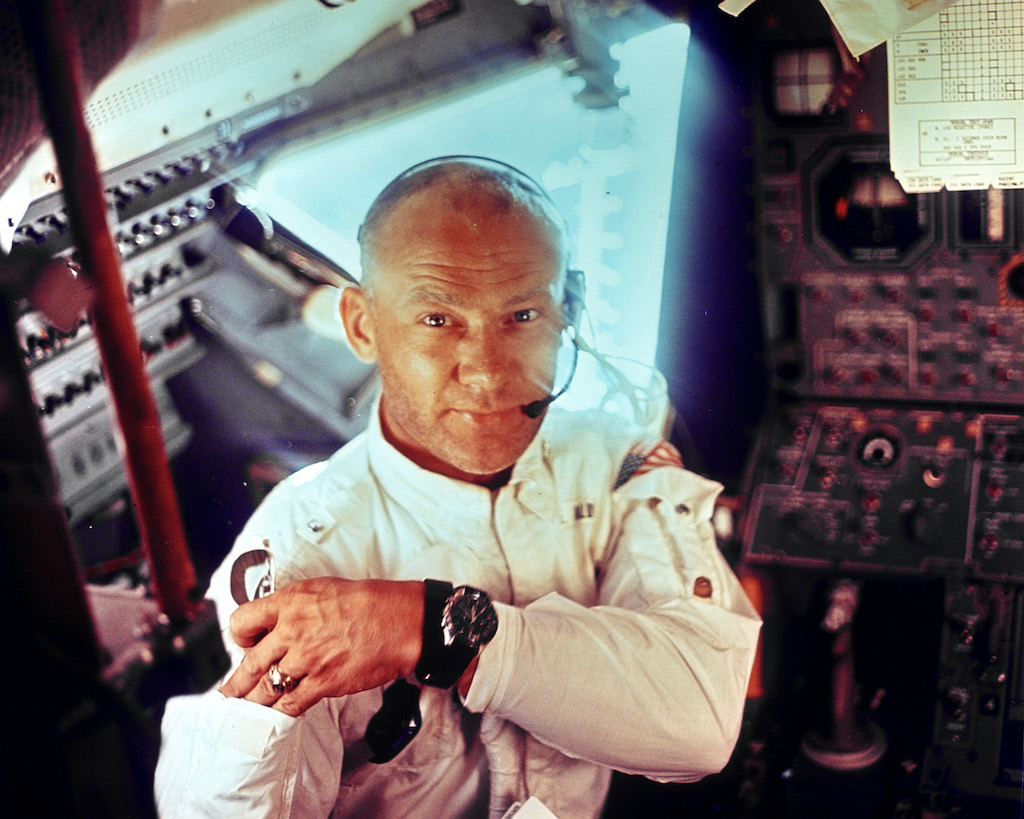
Buzz Aldrin is a veteran astronaut who became only the second person to ever set foot on the moon. Part of the Apollo 11 spaceflight commanded by Neil Armstrong, he made the journey to the lunar surface in July 1969 where he collected lunar rock samples, photographed the terrain and helped to raise an American flag according to NASA. As such, the former fighter pilot and engineer soon became a celebrity but he continued to promote space exploration long after he left NASA. In 2016, he also explored Antarctica — an experience which nearly killed him.
Early Life
Buzz Aldrin was born in the United States on January 20, 1930 in Montclair, New Jersey, according to Johnson Space Center (JSC), NASA. He was actually named Edwin Eugene Aldrin Jr., after his father (the US Army aviator and officer Edwin Eugene Aldrin Sr) but when one of the youngster's two elder sisters, Fay Ann, began mispronouncing "brother" as "buzzer" the nickname, shortened to Buzz, soon stuck according to Space.com.
All of his family including mother Marion and eldest sister Madeleine called him Buzz and he liked it so much he used it himself, finally making it his legal first name in 1988, according to Encyclopaedia Britannica. During his childhood, however, he didn't display any great interest in space. He was intrigued by science fiction — Buck Rogers and Flash Gordon in particular — but he didn't look towards the night sky with a great desire to explore, Aldrin said in an interview in 1988.
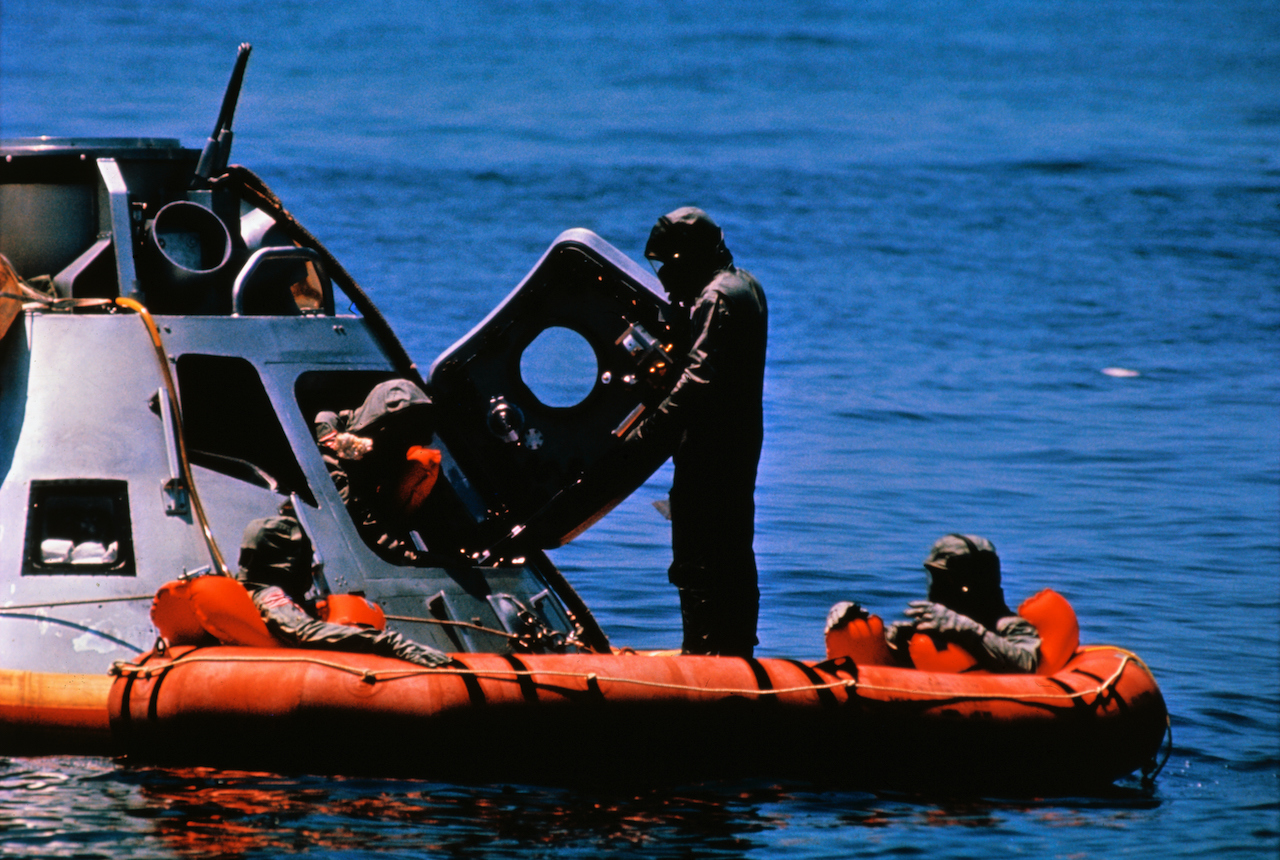
Education and military experience
Growing up in Montclair, New Jersey, Aldrin was a bright and athletic child. He graduated from Montclair High School a year early and, in 1947, he enrolled at the United States Military Academy, also known as West Point, where he gained a Bachelor of Science in mechanical engineering, according to buzzaldrin.com. Joining the United States Air Force, he served with distinction as a jet fighter pilot during the Korean War which raged between 1950 and 1953. He flew 66 combat missions in total in F-86 Sabres and shot down two MiG-15 enemy aircraft, according to Encyclopaedia Britannica.
The Korean War ended on July 27, 1953, with an armistice that caused hostilities to cease. Aldrin later spent some time on a tour of duty in West Germany flying F100s Super Sabres — jet fighters which had been introduced in 1954 and were capable of supersonic speed in level flight. Deciding to go back to university in 1959, he earned a Doctor of Science in Astronautics at Massachusetts Institute of Technology.
Shortly after graduating four years later, having written a 311-page thesis called Line-of-Sight Guidance Techniques for Manned Orbital Rendezvous, according to the Smithsonian National Air and Space Museum, he was selected by NASA to become an astronaut. It was the second time he had applied, having been inspired by his friend, Gemini and Apollo astronaut Ed White, Aldrin stated in a tweet in March 2020.
Race into space
Since 1955, the United States and the Soviet Union had been engaged in a space race. In that year, the president Dwight D Eisenhower's press secretary James Hagerty announced America's intention to launch a science satellite and this spurred the Soviets into action, according to NASA History Division — the USSR's Sputnik 1 satellite was sent into space just two years later, according to Space.com. It saw both sides embroiled in a competition to demonstrate their respective technological might and, in 1961, the USSR stole a march yet again when Yuri Gagarin became the first human to go into space.
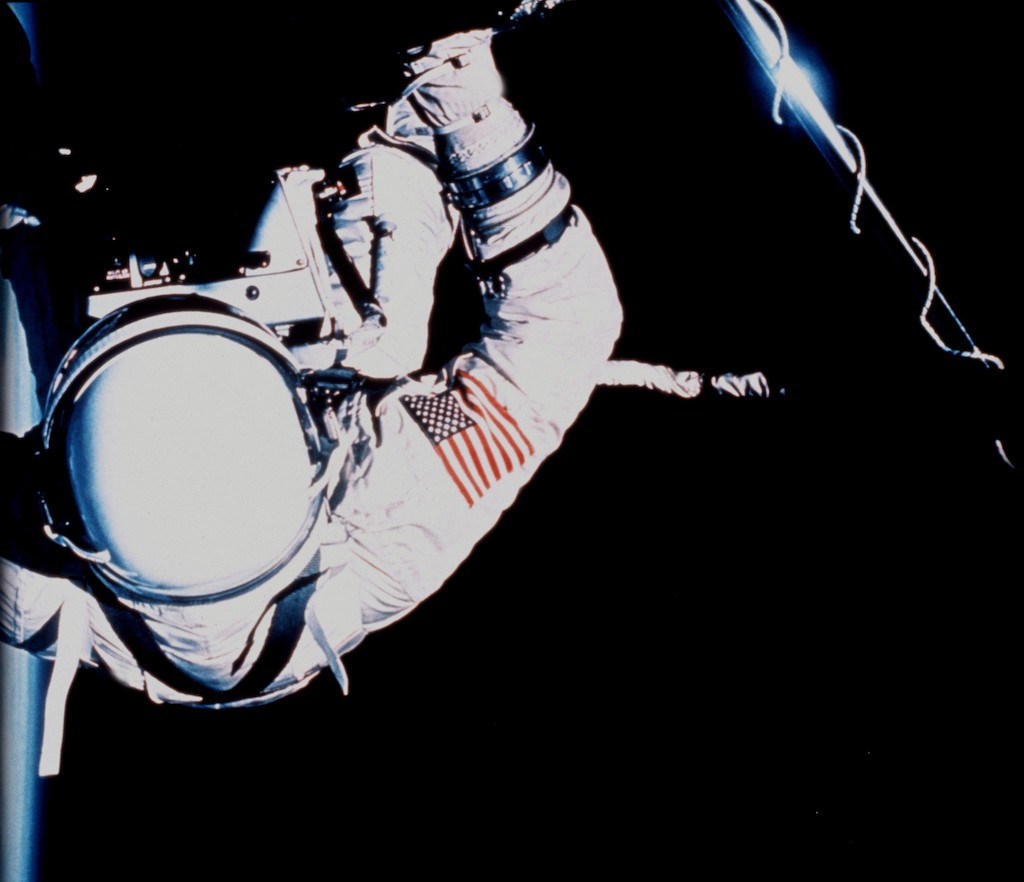
That year, president John F Kennedy announced his intention to land a man on the moon and return him safely to Earth, according to NASA. To aid such a mission, Aldrin built on the knowledge gained during his thesis and worked on docking and rendezvous techniques for spacecraft in Earth and lunar orbit. Becoming known as Dr Rendezvous, Aldrin also pioneered underwater training techniques to simulate spacewalking which would prepare astronauts to work in a weightlessness environment, according to NASA.
In 1966, Environmental Research Associates paid McDonogh — a private military boys' school in Maryland — $10 an hour to rent its pool and Aldrin plunged in for underwater exercises, according to McDonogh. Along with fellow astronaut Jim Lovell, he'd been assigned to the tenth and final flight of the Gemini series, Gemini 12, which launched on Nov. 11, 1966. According to NASA’s Space Science Data and Coordinated Archive, underwater training paved the way for Aldrin to perform three successful spacewalks, Extra-Vehicular Activities that saw him spend more than five-and-a-half hours outside a spacecraft.
Apollo 11
NASA also set up the Apollo space program. It was a three-person spacecraft as opposed to the two-person Gemini project and its primary aim was to land astronauts on the moon. Aldrin became part of the back-up crew for Apollo 8, according to NASA, having been assigned as the command module pilot, and he worked with commander Neil Armstrong and lunar module pilot Fred W Haise Jr.
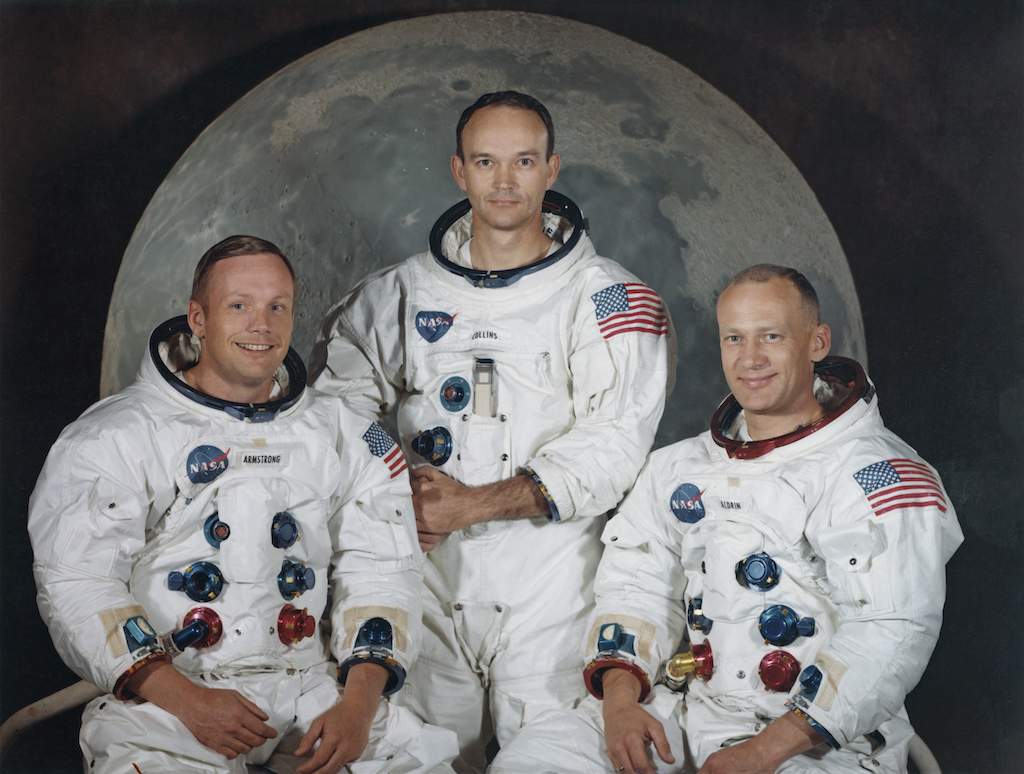
Although Apollo 8 didn't see him venture into space, Aldrin's time would come with Apollo 11 which launched from Cape Kennedy on July 16, 1969. He was the lunar module pilot, Armstrong was commander and Michael Collins was the command module pilot, according to NASA.
On the moon
This mission made history, touching down with just 30 seconds' worth of fuel left in the landing tank and overshooting the intended location by four miles, according to Space.com. Armstrong set foot on the moon first, followed by Aldrin 19 minutes later. According to the Science and Media Museum, the event was watched by an estimated 650 million people on television and Aldrin would describe the moon as "magnificent desolation".
Since then, there have been reports that Aldrin also claimed to have seen aliens on the journey to the lunar surface but this isn't true, Live Science previously reported. Although he did see an unidentified object, this was quickly explained as the sun reflecting off a panel that had earlier been jettisoned: "The UFO people back in the United States became very angry with me," he wrote on Reddit.
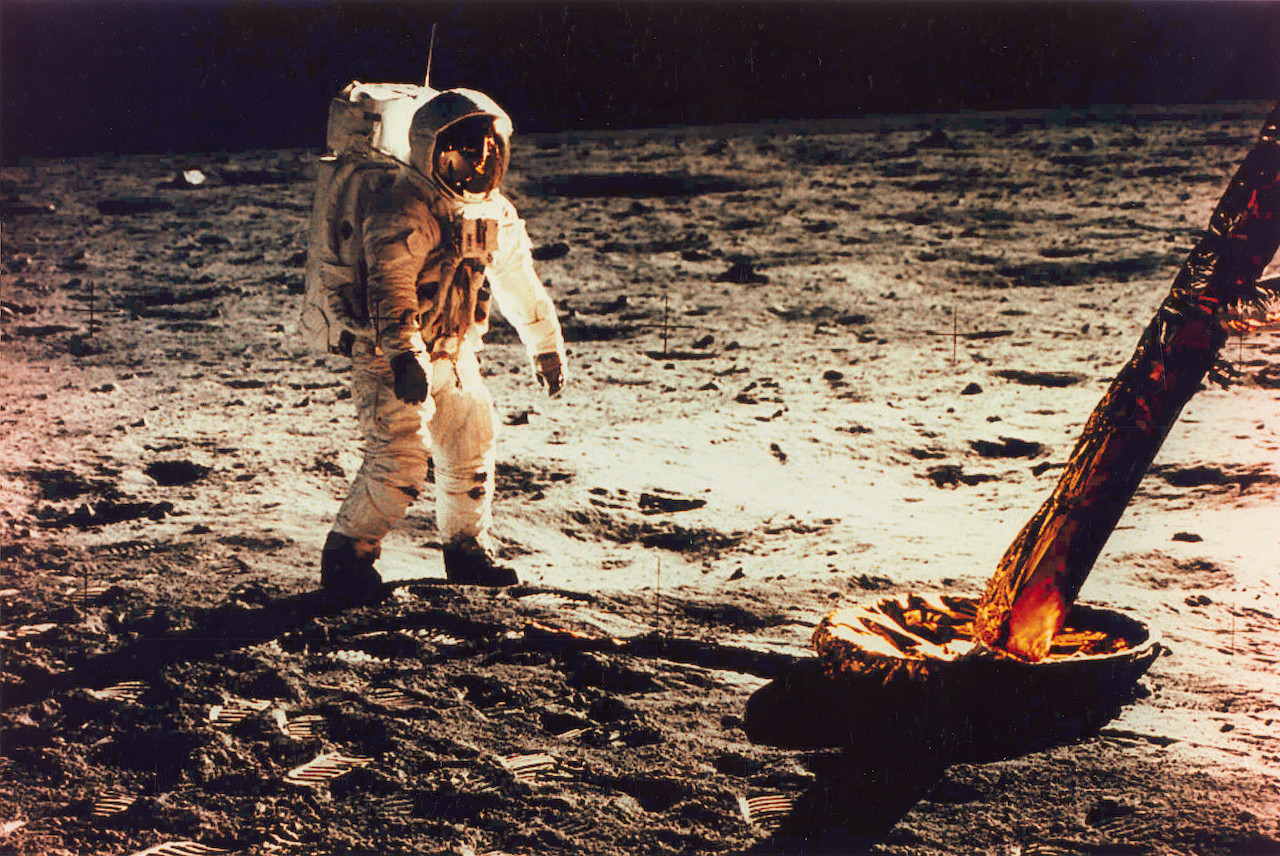
Aldrin, Armstrong and Collins' work was more important than simply allowing NASA to get one over on their Soviet counterparts. Aldrin and Armstrong spent 21 hours and 36 minutes on the lunar surface, according to NASA’s Apollo 1 mission overview, (Collins stayed in orbit on the command module) and they used the time to collect samples as well as take photographs and videos. According to Smithsonian, they also conducted experiments, took a phone call from President Richard Nixon and planted the American flag. As an elder at Webster Presbyterian Church, Aldrin performed a Christian communion on the moon, too, having taken bread and wine with him.
He and Armstrong almost didn't make it back from the surface, however. A circuit breaker switch broke off the instrument panel and they had to find a way of pushing it back in so that the ascent engine could ignite. Aldrin decided to use a felt-tipped pen and it worked, according to Space.com. When the astronauts finally got back to Earth, they were treated as heroes and embarked on a world tour.
Although Aldrin was awarded the Presidential Medal of Freedom and helped design the Space Shuttle, he didn't enjoy being in the limelight. He retired from NASA in 1971 to return to the Air Force, according to the Encyclopaedia Britannica. He then retired from active duty the following year.
Dancing with the stars
Aldrin's life took a turn for the worse. He'd retired from the Air Force because he'd been asked to command a test pilot school even though he'd never actually trained as a test pilot. He was also still coming to terms with the death of his mother who had committed suicide in May 1968, according to Space.com.
Turning to alcohol as a way of coping with depression, he divorced his first wife Joan Archer in 1974, according to biography.com. He married Beverly Zile in 1975 (divorcing three years later) but became teetotal in 1979 and began to get his life back on track.
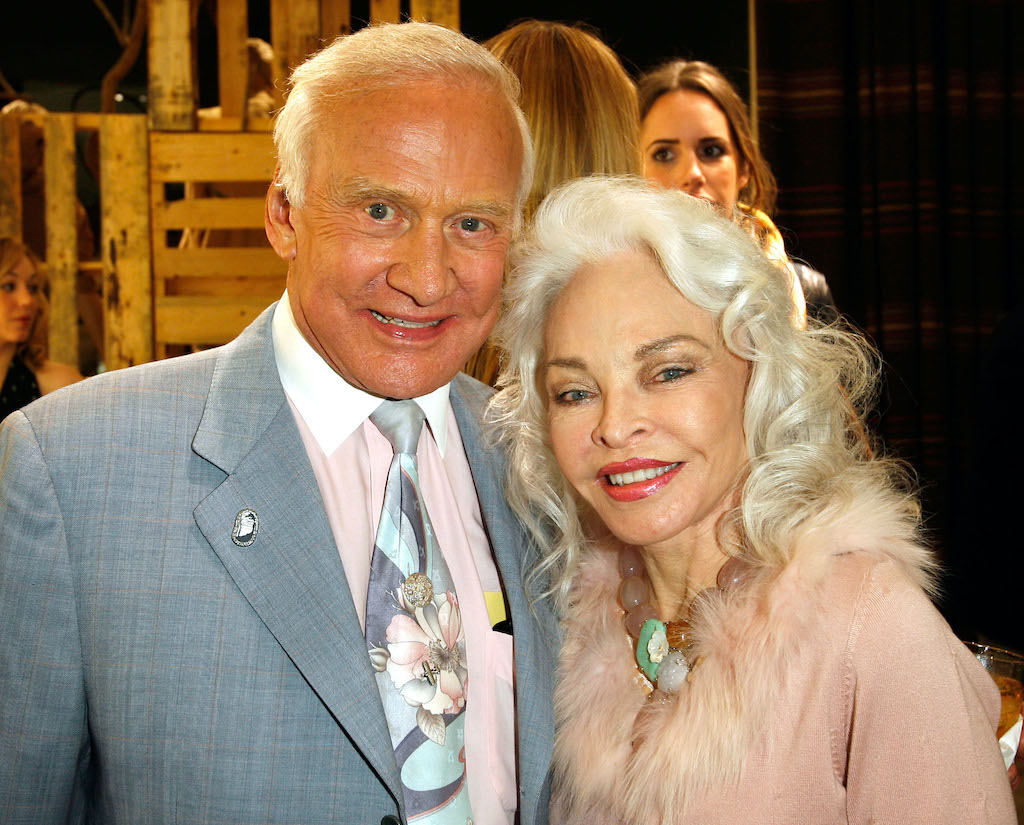
He had long dreamt that humans will one day permanently settle on Mars (he has a t-shirt which says “Get Your Ass to Mars”) and this has involved him developing a system called the Aldrin Mars Cycler which he says would be capable of regular flights to the Red Planet, Aldrin said in a conversation with Space.com.
Aldrin also holds a number of patents including one for multi-crew modules for space flight, a space station facility and a flyback booster, according to JUSTIA Patents. The Aldrin Space Institute, formed in 2015, at Florida Institute of Technology is also focussed on a human presence on Mars.
Not that there hasn't been time for lots of frivolous fun along the way. Aldrin took part in Dancing with the Stars on ABC in 2010 and he has made many other film, TV and video game appearances from The Big Bang Theory and 30 Rock to The Simpsons and Mass Effect: Legendary Edition, according to IMDb. He has also written many books, had an asteroid and lunar crater named after him and received the Congressional Gold Medal. He calls himself a Global Statesman for Space, according to NASA.
Antarctica
What's more, his appetite for exploration hasn't waned. In 1998 he traveled to the North Pole and, in 2016, Aldrin visited Antarctica, charting his journey on his Twitter account. He developed altitude sickness at 9,000 feet shortly after arriving, however, and he was rushed to a hospital in Christchurch, New Zealand, where he remained for a week suffering from fluid on his lungs, according to Phys.org. Responding well to antibiotics, he recovered and said he didn't have any regrets. He was the oldest person to travel to the South Pole, after all.
Additional resources:
- See the photograph Buzz Aldrin took of his lunar footprint: NASA Space Science Data Coordinated Archive
- Read about NASA’s mission to land on the moon, including in-depth interviews with Buzz Aldrin: Apollo 11: The Inside Story
- Hear Buzz Aldrin tell the story of the first moon landing: Science Museum
Sign up for the Live Science daily newsletter now
Get the world’s most fascinating discoveries delivered straight to your inbox.
David Crookes is a UK-based science and technology journalist who has been writing professionally for more than two decades. Having studied at the University of Durham in England, he has written for dozens of newspapers, magazines and websites including The Independent, The i Paper, London Evening Standard, BBC Earth, How It Works and LiveScience. He has been a regular contributor to Space.com's sister publication, All About Space magazine since 2014.











